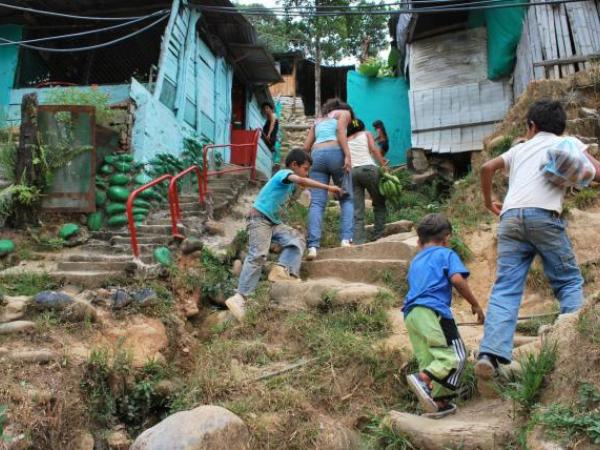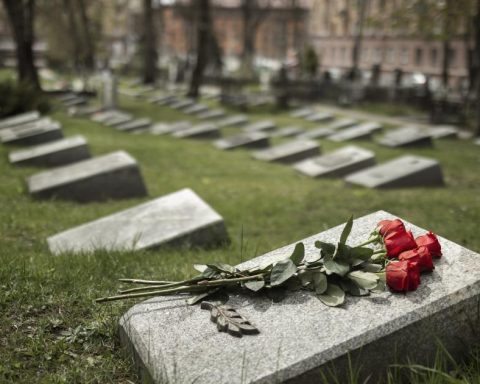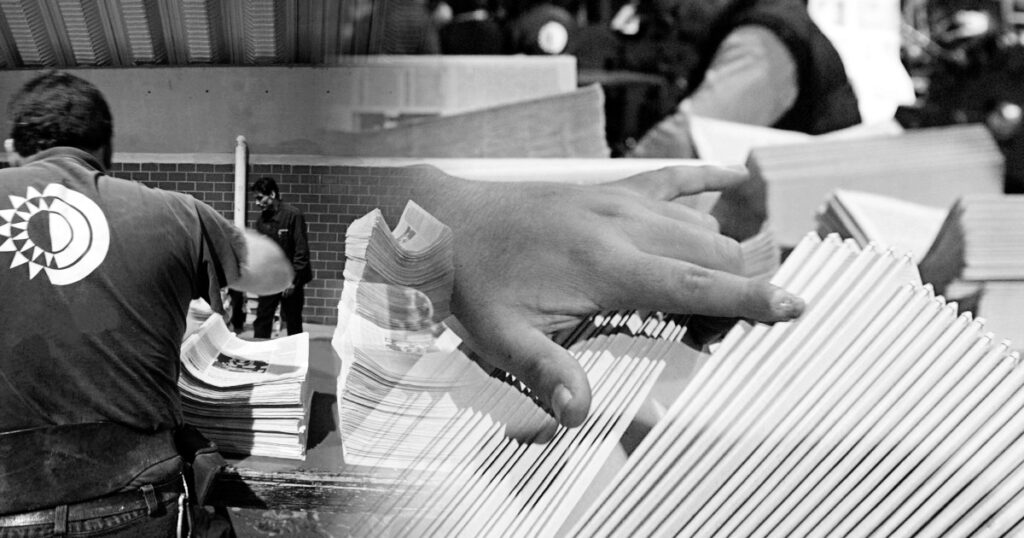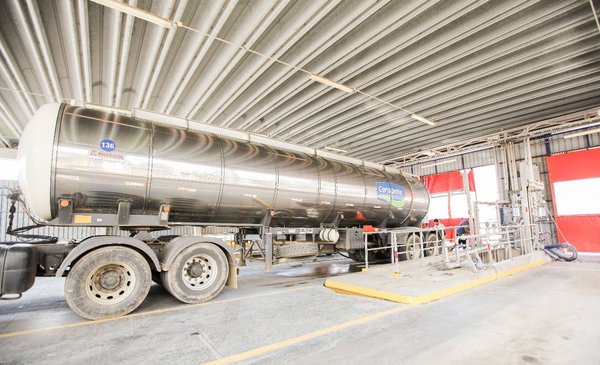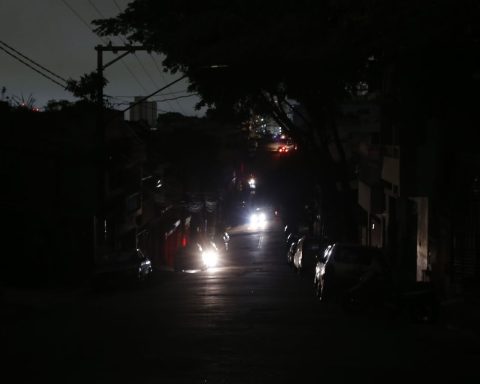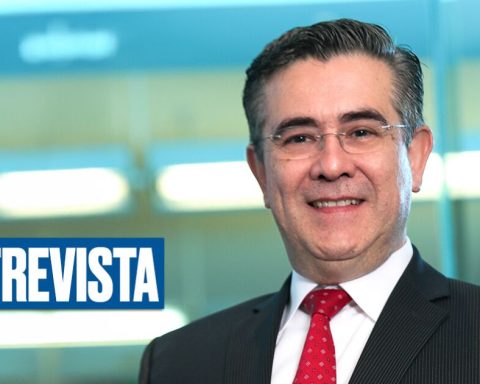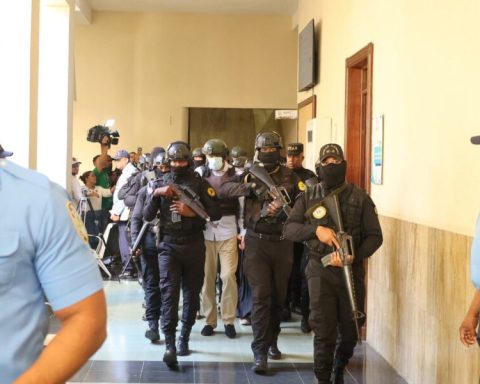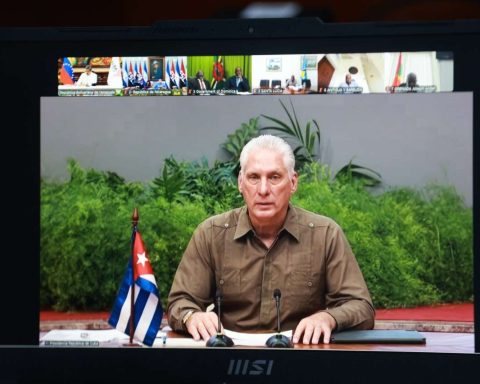Latin America and the Caribbean remains among the regions with the highest rates of poverty tallest in the world. The economic boom of the first decade of this century managed to reduce poverty from 45.5% in 2004 to 27.8% in 2014, but since then the region has faced a stagnation, mainly due to weakened growth, weighed down by unproductive economic structures and the rampant informality, which touches 50% of the population.
(See: the vulnerable represent 38.5% and the middle class, 37.3 ).
The impact of the covid-19 pandemic has also been remarkable. According to data from the ECLAC, general poverty reached 33% of the population, which means that 209 million people were living in poverty at the end of 2020. Although overall poverty fell to 32.1% thanks to the economic rebound in 2021, extreme poverty continued to rise, reaching 13.8%, the highest level in two decades.
“The economic recovery has not managed to overshadow the strong impact that the pandemic had on all economic strata and sectors, especially among the most vulnerable groups. To mitigate this impact, it will be necessary to promote labor formalization and extend social coverage networks.”, says Adriana Arreaza, Knowledge Manager at CAF.
(See: Almost 40% of Bogota citizens consider themselves poor, according to a survey).
Below, we list five data on poverty in the region, which offer an X-ray of the current situation:
1. More than a third of Latin Americans are poor. They represent 32.1% of the population, or 209 million people. According to the Latin American Economic Outlook report, the crisis resulting from the pandemic has caused damage to a social fabric “extremely vulnerable, resulting in a significant increase in poverty and inequality“. The policies promoted by the governments served to avoid loss of life and increases in poverty. Without these transfers, the Gini index (measurer of inequality) would have increased by 5.6% compared to 2019, instead of 2.9 % registered.
(See: How to mitigate the effect of inflation on poverty?).
2. Women are harmed. According to ECLAC, in 2020, 13.4% of men did not receive their own income, while women represented 25.8%. To reverse this situation, it will be essential to provide women in the region with greater economic autonomy, facilitating their access to financial resources, to basic services and productive development, to quality job opportunities, and the development of care systems, as well as their participation in strategies for mitigation and adaptation to climate change.
3. Extreme poverty spiked with the pandemic. The extreme poverty rate in the region went from 13.1% in 2020 to 13.8% in 2021. In any case, if we extend the diagnosis, we observe that Latin America and the Caribbean reduced the extreme poverty rate by half between 2003 and 2013, going from 24% to 11.5%. This was due to labor income and social gains reaped in recent years, especially in the areas of health, education or employment, which offered more and better opportunities to traditionally forgotten citizens. “The economic recovery of 2021 has not caused a decrease in the levels of extreme poverty in the region. This is explained because low-income workers, informal workers, women and young people were disproportionately affected by the crisis.Arreaza says.
The vulnerable represent 38.5% and the middle class, 37.3% in Latin America and the Caribbean.
AFP
4. The group of the vulnerable grows. The vulnerable are those people who are at the gates of the middle class because of their income level, but who, if they lose it, fall back into poverty. The so-called ‘informal middle class’, in 2019, represented 37% of the population, while the middle class amounted to 38%. After the pandemic, these figures have been reversed, and now the vulnerable represent 38.5% and the middle class, 37.3%. Unlike the poorest the vulnerable are often not covered by conditional income transfer programs: the informal middle class in many countries does not receive the typical basic social protection services.
(See: ‘Hunger in Colombia is critical’, position of the Food Bank).
5. Low levels of savings. 30% of Latin Americans can subsist without income for between one and less than three months, while one in four Latin Americans would last a maximum of one month, and the savings of 15% would not be enough for more than a week. In addition, 40% continue to save informally. This reality has to do with the absence of savings and labor informality that leaves without social protection to approximately half of Latin Americans. The absence of can mean the downward social mobility of millions of people in a very short time in periods of crisis.
(See: The other inequalities that are worrying, according to Thomas Piketty).
CAF
*Visions of Development is a section promoted by CAF (Development Bank of Latin America) that analyzes the main development issues in the region.
